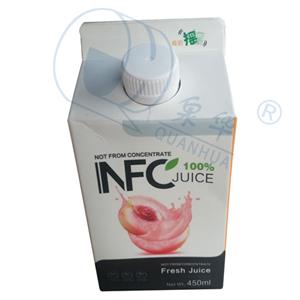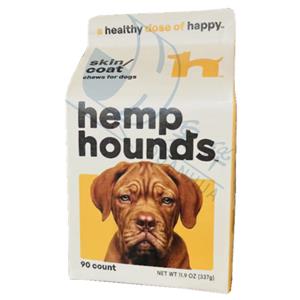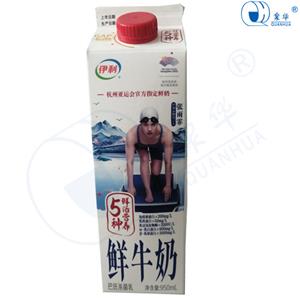It is recommended that the state accelerate the approval of the application of rPET materials in food-grade packaging.
The minimum and maximum carbon emissions per 100 g of PET bottles are 15 times different, and the carbon emissions per 100 ml / 100 g of plastic bottles for drinking water products are the lowest. On June 5, Shanghai Municipal Commission of Consumer Protection issued the investigation report on the carbon emission of beverage bottle materials ( 2024 ), which is the first investigation and evaluation of the carbon emission of beverage bottle materials in China. The research group called on the industry head enterprises to publicize the carbon emission data of beverage bottle materials. At the same time, it is recommended that the state accelerate the approval of the application of rPET materials in food-grade packaging.
It is recommended that the state accelerate the approval of the application of rPET materials in food-grade packaging. Shanghai Consumer Protection Commission revealed that the rPET material is made from waste plastic bottles after recycling. Compared with PET materials, its production process consumes less raw oil resources and can be recycled many times. Therefore, carbon emissions can be reduced during use. In order to promote the production and utilization of rPET, the European Union, the United States and the United Kingdom have stipulated the use ratio of rPET in PET disposable beverage containers through legislation or relevant policies. At present, China has not yet approved the use of rPET food contact materials, but the relevant standards have been formulated. We recommend that the use of rPET should be approved as soon as possible on the premise of ensuring food safety, so as to promote plastic and carbon reduction.
Get the latest price? We'll respond as soon as possible(within 12 hours)




